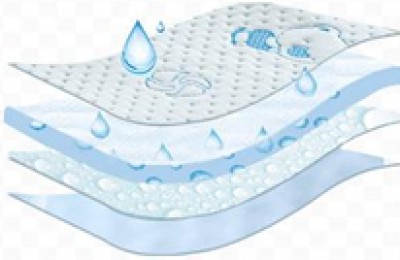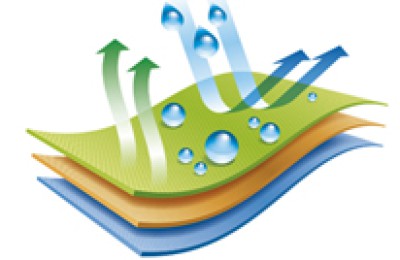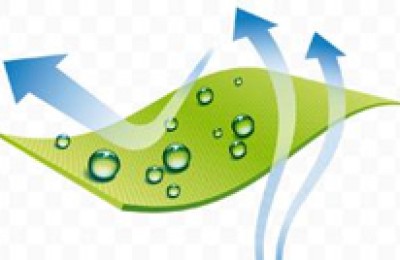Recently, the editor has discovered a very strange phenomenon. The operating rate, profit, and inventory of the polyester industry chain are currently in a very contradictory state.
Especially in terms of operating rate, it is most obvious.
In terms of operating rate: Polyester operating rate>Weaving operating rate>Dyeing factory operating rate
As of July 10, the polyester operating rate was around 91%, and the operating rate of weaving manufacturers in Shengze was around 6 -70% or so, while the dyeing factory operating rate is around 55%.
In terms of profit and inventory of each link, due to differences in costs, calculation methods, calculation units, etc., only a rough comparison can be made.
In terms of profit: whether it is PTA, polyester products, or gray fabrics, they are all relatively miserable.
Due to its high processing fees, the current profit of PTA has dropped to about 80 yuan/ton. At the same time, all polyester filament products have fallen into a loss situation, with FDY products losing money to around 338 yuan/ton, POY products losing money to around 348 yuan/ton, and DTY products losing money to around 388 yuan/ton. In terms of gray fabrics, taking 190T polyester taffeta as an example, it is already at a loss.
In terms of inventory: PTA inventory>Polyester inventory>grey fabric inventory
At present, PTA society can The circulating inventory has risen to around 2.32 million tons, the overall inventory in the polyester market is around 27-37 days, and the inventory of gray fabrics in Shengze has reached around 45 days.
Since this year, affected by the new crown epidemic, the global textile industry The demand for clothing dropped sharply, and the textile market suffered a serious decline as a result. Product volume and price have both fallen, and weaving manufacturers have found it difficult to balance production and sales, resulting in rising inventories. Due to the lack of orders, weaving companies began to reduce production operations, further reducing the demand for raw polyester yarn.
Polyester factories should begin operations to reduce burdens and production amid sluggish production and sales and rising inventories. Recently, although 13 companies have implemented production restrictions and price guarantees, in terms of scale, the amount of production restrictions and price guarantees by these 13 companies is actually not large. Large manufacturers like Hengli have not yet joined in, and Shenghong has also limited production. However, the scale of polyester chips is relatively average, so the operating rate of polyester factories is still relatively stable.
“Inverted Pyramid” industrial model
We all We know that the textile industry chain is an “inverted pyramid” model. To a large extent, terminal clothing determines the market conditions of the upstream links. The market conditions of terminal clothing can actually be seen from the dyeing factory. Gray cloth is made of All fabrics must go through the dyeing factory. Now, the operating rate of dyeing plants is only about 55%, which is the lowest operating rate in the industry chain.
As for clothing, the impact of the epidemic has become more and more obvious. Recently, many well-known clothing companies have closed down. The most popular one is BrooksBrothers. Announced bankruptcy, this clothing brand known as “presidential inauguration clothing”, 40 of the 45 presidents of the United States have worn suits of this brand in the inauguration ceremony, including Theodore Roosevelt, Kennedy, Ford , George Bush and Clinton; the two US presidents in recent years, Trump and Obama, are no exception. The brand’s fame even attracted former French President Chirac to go to stores in the United States to buy shirts.
Brooks Brothers is only a representative one of the apparel companies, but it can also prove from the side that the outlook for the apparel market this year is indeed worrying. If the clothing industry cannot grow, it will naturally be difficult to increase the operating rate of the dyeing factory.
The dyeing factory is blocked, which means that the terminal demand cannot be raised, and the trade area is not ideal. It is easy to push it down from the bottom up. What are the consequences?
The upstream sections collapsed one by one!
Weaving manufacturers are the first to bear the brunt
Weaving This is already obvious. Manufacturer inventories have soared to the highest level in recent years. According to statistics from China Silk City Network,At present, the inventory of gray fabrics in Shengze has risen to around 45 days, which is at a high level in the past four years. At the same time, in terms of profits, the prices of most gray fabrics are significantly lowered, and price losses are common when goods are sold. Now that we have entered the traditional off-season, it is more difficult for manufacturers to receive orders. Judging from visits to the market, many weaving manufacturers are currently making inventories. If the market continues to weaken, further reductions in production capacity will be a high probability event.
Then there are polyester manufacturers
Currently polyester manufacturers It is already in a cumulative inventory cycle, and the inventory is at a high level since April. With the possibility of further decline in the operating rate of downstream weaving manufacturers, it is difficult to maintain a stable production and sales. Even with the constant promotion discounts for polyester yarns, it is rare for production and sales to exceed From the market situation, it can be seen that the low price of polyester yarn has made it difficult for weaving manufacturers to pay the bill. This year is another year of concentrated investment in polyester production capacity. There are many devices under construction planned to be put into operation this year. In the first half of the year, more than 2.7 million tons were put into operation, and more will be put into operation in the second half of the year. When equipment continues to be put into production, inventories continue to rise, but profits continue to suffer losses, once the terminal is blocked, the possibility of collapse of polyester manufacturers is very high.
Then PTA manufacturers
Due to the downstream polyester market The current PTA market is not in a recession, and it is difficult to turn around. Prices are at a low level and inventories are constantly accumulating. Generally speaking, this period of time in previous years was the most frequent period for PTA maintenance, but this year, it was mostly delayed, and multiple units were put into production. Recently, another production line of the Hengli 5# 2.5 million tons PTA unit that was put into operation at the end of June began trial production, and the Zhongtai 1.2 million tons restarted. The output in July is expected to remain above 4.3 million tons, an increase of more than 30% from June. million tons, the PTA supply side is expanding again. At the same time, PTA’s profits are not ideal. Under the pressure of difficulty in reducing processing fees, cash flow has shrunk significantly, and many are even in a loss situation. If demand cannot keep up in the later period, it will face high risks.
At present, weaving factories, polyester, and PTA are all in a very saturated state and difficult to destock. Once a link at the end is blocked, the above All links will face the risk of collapse. In particular, polyester factories and PTA factories have large and concentrated production capacities, and will face greater risks than downstream links.
<br







